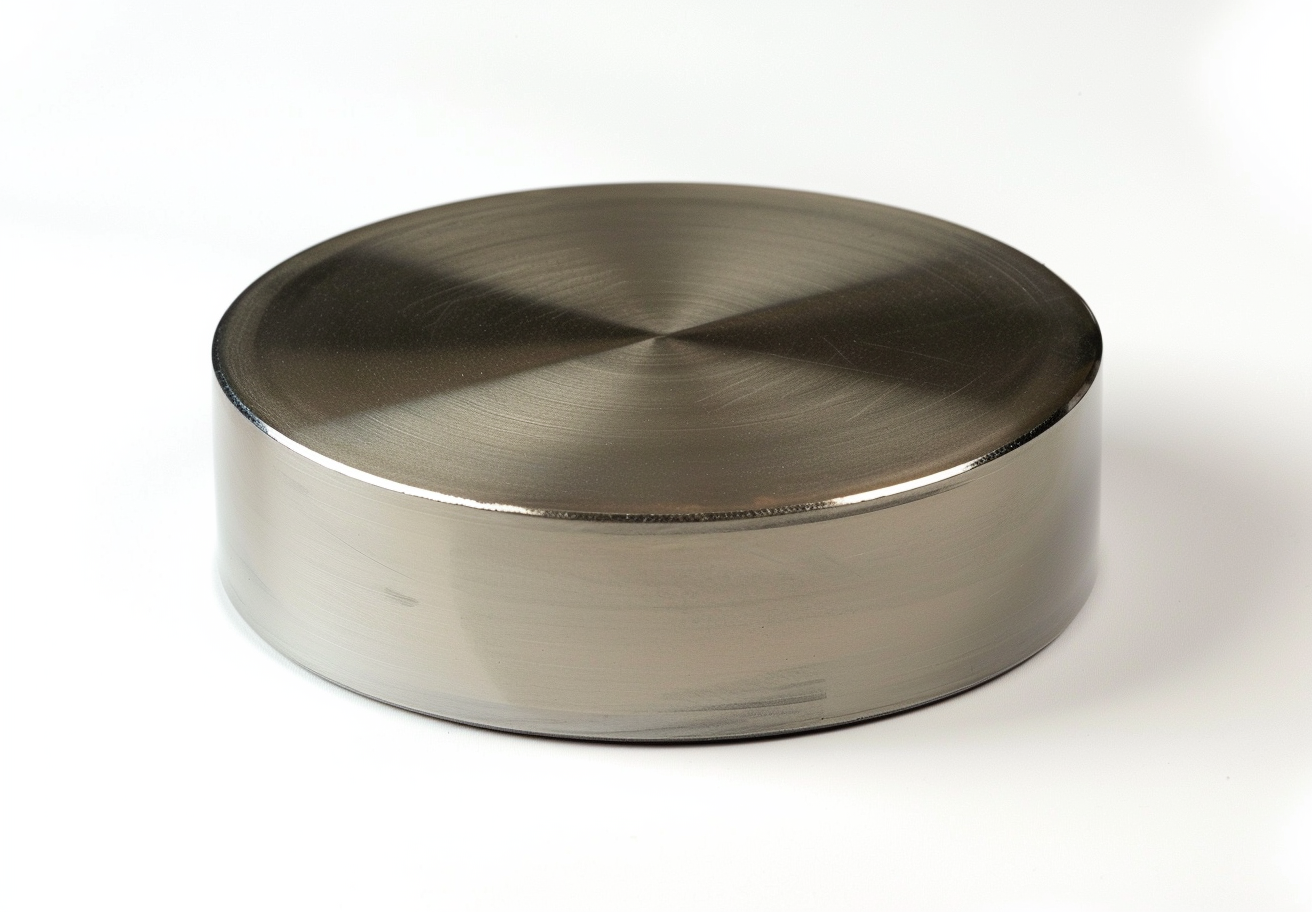What Are The Factors That Affect The Rapid Charge Of Battery?
Lithium batteries operate through the migration of charged ions between the positive and negative electrodes. They transfer charge to an external circuit or charge from an external source. The electrochemical or physical structure of the battery influences the transfer of ions and electrons, thereby affecting fast‐charging performance. Enhancing battery performance requires attention to the positive electrode, the negative electrode, the electrolyte and the diaphragm.
Positive Electrode and Negative Electrode
Almost all types of positive electrode materials can be used to manufacture rapidly rechargeable batteries. Essential performance characteristics include electrical conductivity, ion diffusion, cycle life, safety and proper processing. Challenges vary among materials, and common anode materials fulfil these requirements through specific optimisations. Common anode materials include Lithium Iron Phosphate, ternary materials and Lithium Manganese Oxide. When a lithium-ion battery is charged, lithium ions migrate to the negative electrode. The rapid charging current produces a high potential that results in a more negative cathode potential. Consequently, the negative electrode is required to accommodate lithium uptake with increased speed. The tendency for lithium dendrite formation also rises. Therefore, during fast charging, the cathode must satisfy the kinetic requirements of lithium diffusion and address the safety risks induced by dendrite formation. The primary technical challenge in fast charging is the insertion of lithium ions into the cathode.
Currently, the market-dominant negative electrode material remains graphite (with a market share of approximately 90%). Many improvements have been made in both hard and soft carbon materials. Silicon is an important development direction as a negative electrode material.
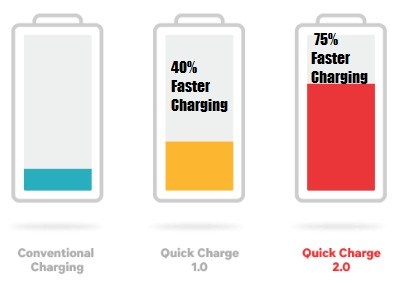
Diaphragm
High-current batteries impose increased demands on safety and cycle life. At present, ceramic coatings are primarily applied to Aluminium Oxide Particles on conventional diaphragms. A new technique involves coating the diaphragm with solid electrolyte fibres. This coating exhibits reduced internal resistance, improved mechanical support and a lower tendency for pore blockage during operation. The coated diaphragm remains stable and resists contraction and deformation even at high temperatures during a short circuit.
Electrolyte
The electrolyte significantly affects the performance of fast‐charging lithium‐ion batteries. To ensure stability and safety during fast charging, the electrolyte must not decompose. It must exhibit high conductivity and remain inert to both the positive and negative materials, without reacting or dissolving. The use of additives and functional electrolytes is essential to meet these requirements. For instance, the safety of ternary, fast‐charging batteries is substantially affected. Consequently, various additives must be incorporated to guard against high temperatures, flame retardants and overcharging. The high-temperature performance of lithium-titanate batteries depends on improvements in the functional high-temperature electrolyte.

 Bars
Bars
 Beads & Spheres
Beads & Spheres
 Bolts & Nuts
Bolts & Nuts
 Crucibles
Crucibles
 Discs
Discs
 Fibers & Fabrics
Fibers & Fabrics
 Films
Films
 Flake
Flake
 Foams
Foams
 Foil
Foil
 Granules
Granules
 Honeycombs
Honeycombs
 Ink
Ink
 Laminate
Laminate
 Lumps
Lumps
 Meshes
Meshes
 Metallised Film
Metallised Film
 Plate
Plate
 Powders
Powders
 Rod
Rod
 Sheets
Sheets
 Single Crystals
Single Crystals
 Sputtering Target
Sputtering Target
 Tubes
Tubes
 Washer
Washer
 Wires
Wires
 Converters & Calculators
Converters & Calculators
 Write for Us
Write for Us
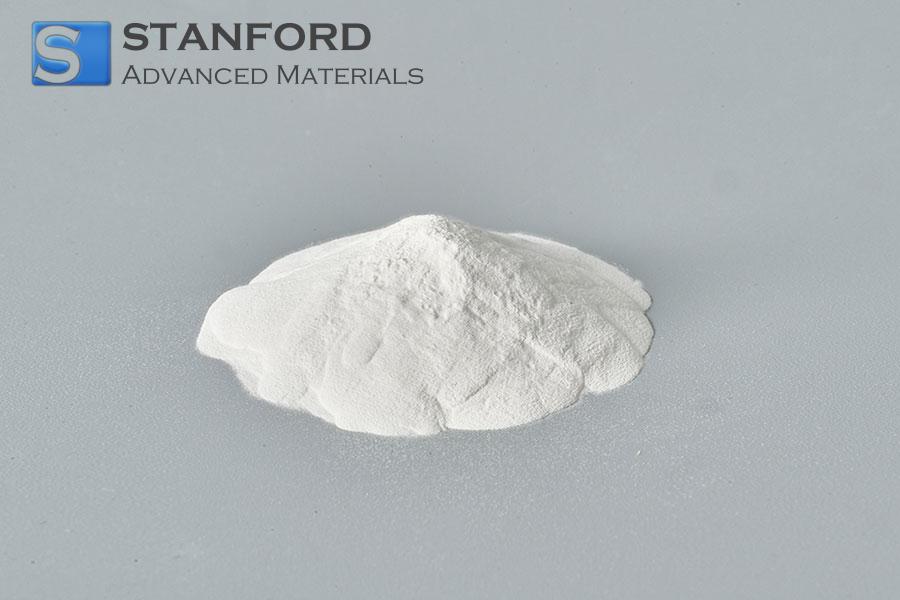
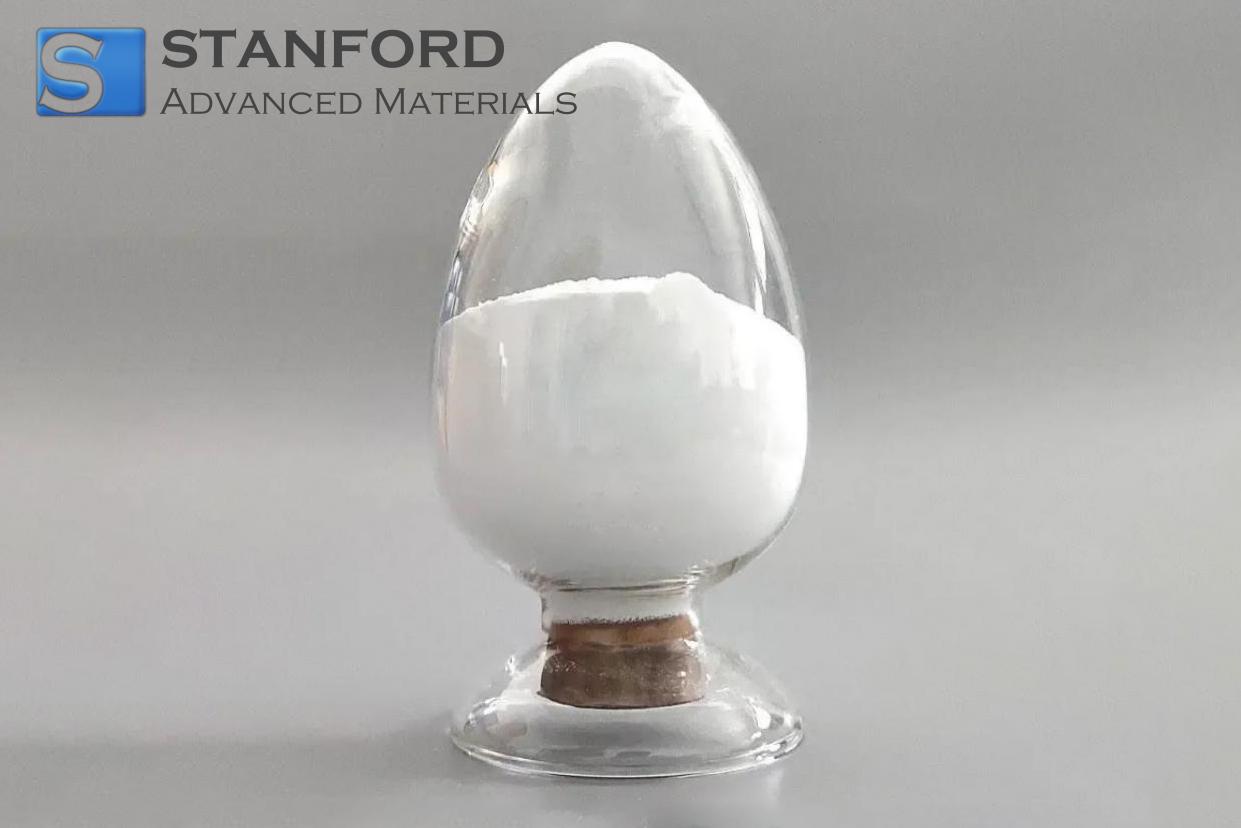
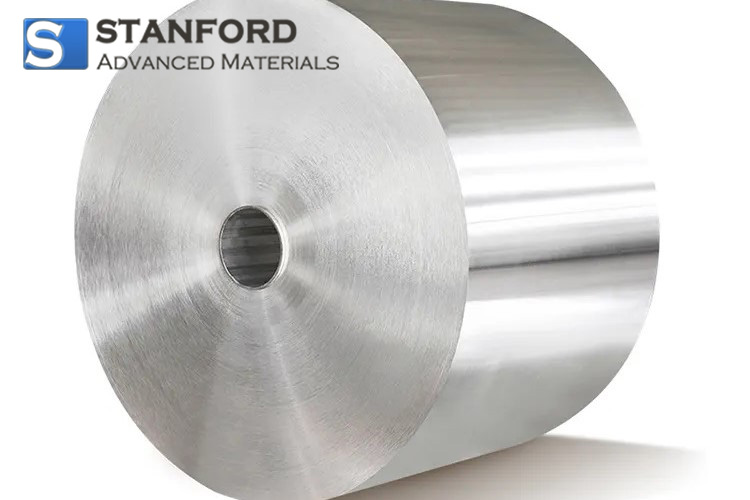
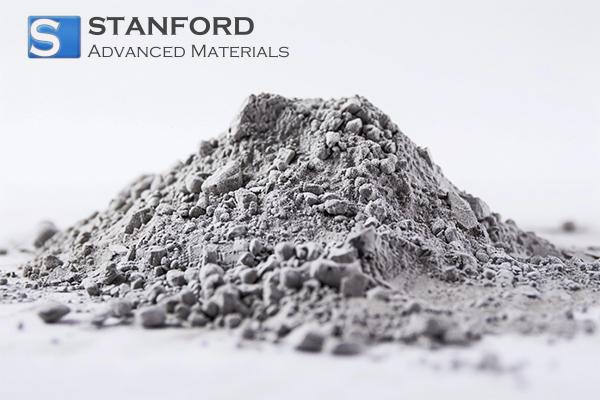
 Chin Trento
Chin Trento

